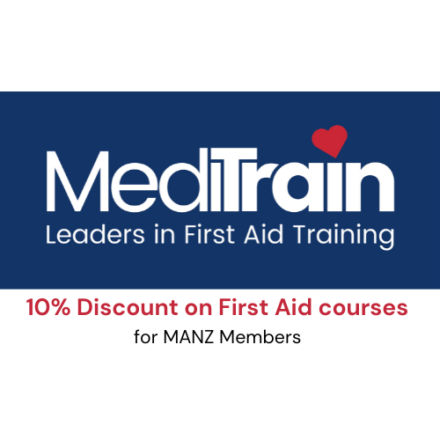Montessori for 3 to 6 year olds
At the core of the Montessori approach to education is the curriculum developed by Dr Montessori for the 3 to 6 year old child. The Montessori 3-6 programme is attended by the largest number of children and is the starting place and mainstay of Montessori education in New Zealand and overseas.
The young child is curious about everything and needs to explore and discover. The Montessori 3-6 learning environment encourages each child to move, touch, and manipulate. The child has the freedom to work independently, based on their own initiatives, with gentle and respectful guidance from their teacher.
Montessori 3-6 learning environments are inviting, attractive indoor and outdoor spaces with an intriguing array of learning materials, books, plants, animals, art and music materials, gardening and nature activities.
The Montessori environment contains specially designed, hands-on materials that invite children to engage in learning activities of their own individual choice.
Under the guidance of a Montessori teacher, children in a Montessori classroom learn by making discoveries and cultivating concentration, motivation, self-discipline, and a love of learning.
Community of Learners
The Montessori community for 3 to 6 year olds is often called a Children’s House, a place where a child can feel at home and work with interest at their own tempo and level. The young child has the freedom to choose their own activities using their own initiative and to follow their individual needs.
The Montessori early childhood centre consists of children of mixed ages. The children learn from each other and because of each other, with older children being role models for younger children. Each child learns to cooperate with children of different ages, respect and celebrate each other’s efforts, and take care of themselves, others, and their environment. The classroom becomes a thriving community where children are treated with respect and dignity and where they learn to treat others with respect and dignity.
Learning Environment
The Montessori classroom is prepared with the child, and only the child, in mind. The physical space and routines of the classroom are designed to maximise independent learning and exploration. Objects are placed so children can reach what they need without waiting for adult help.
Dr Montessori noticed that children do not learn from listening to an adult talk – they learn best from direct experience with objects in their environment. Children have a deep urge to manipulate and explore. Montessori developed learning materials to stimulate the child into discovery. Each Montessori material is simple and carefully designed to appeal to the child at their stage of development.
The prepared environment focuses on the child, and in this space, only things that will assist the child’s development will be present. Adults must be careful not to offer too much help and interfere with the spontaneous activity of the children.
Montessori Curriculum
The daily practice of Montessori philosophy is made possible by a clearly defined Montessori curriculum. The Montessori curriculum includes practical life, sensorial, language, mathematics, botany, geography, art, music, drama, environmental studies and more! When you look around a Montessori classroom – you see the Montessori curriculum in all the activities and materials on the shelves.
Note: Practical Life activities include skills that young children enjoy learning and love to repeat; sweeping, polishing, tying bows, dusting, and preparing food … engagement in these activities builds concentration and coordination. Sensorial materials are unique and enable young children to explore and discover shape, size, colour, texture, weight, sound, taste and smell.





